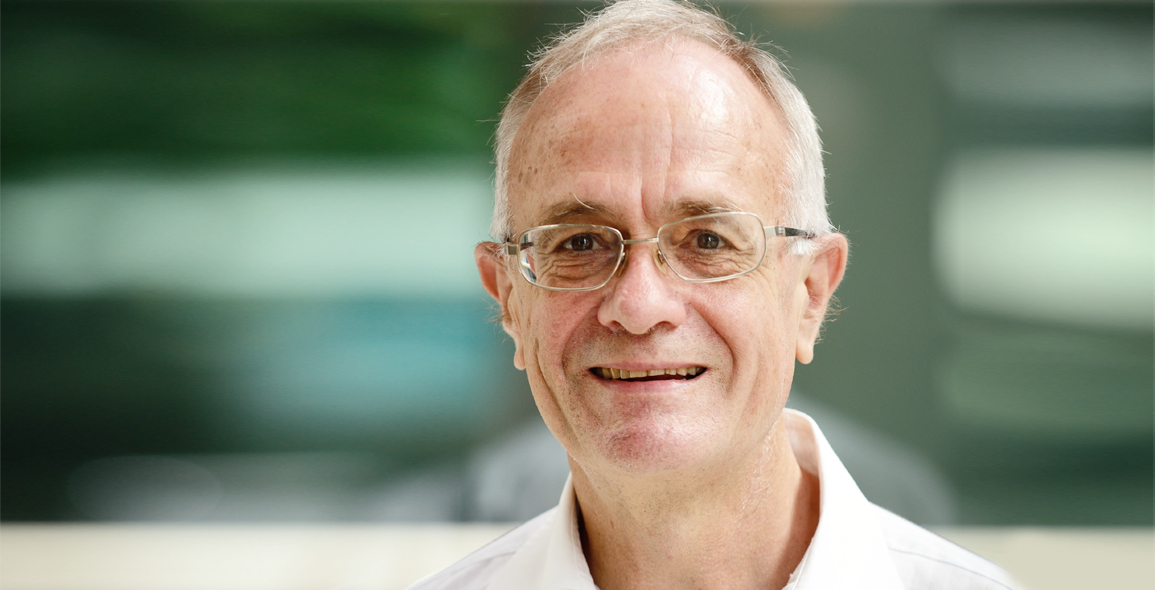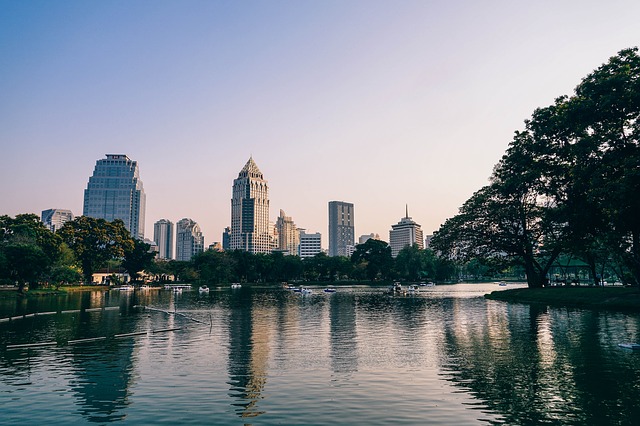
By 2030, the urban population of Southeast Asia will grow by almost 100 million people, increasing from 280 million today to 373 million people. This will force cities to grow larger, and become denser. It also means that their sustainability will be called into question.
How can rivers and green spaces help? This is an area of study that Prof Dr Peter Edwards is concerned with, particularly of that in tropical climates. He is the principal investigator of the Ecosystem Services in Urban Landscapes project at the Future Cities Laboratory, and Cooling Singapore project at the Singapore-ETH Centre.
Dr Edwards shared some of his insights on this topic at the 55th International Federation of Landscape Architects World Congress 2018, including five principles in eco-system services planning. Abiding by them will maximise the benefits brought about by green spaces in cities, such as minimising the risk of flash floods, lowering temperatures and generating spaces for recreation.

1. Utilise Plant Diversity
The tropics offers the most diverse number of flora among all the climatic zones. This should be leveraged. For example, the rainforest alone has five layers of plants: ground cover (herbs and ferns), understory (shrubs and saplings), lower canopy, upper canopy (medium-spaced crowns) and emergent canopy (trees widely spaced). Each of these also serve a different function, such as being food sources for birds and butterflies.
2. Take A Systems Approach
There is a strong interconnectedness between green spaces and the urban environment. They should not be viewed in silo. The Public Utilities Board in Singapore understands this very well and produced a handbook on managing urban runoff. Among its solutions include having solutions such as canal widening or deepening, and having porous pavements to allow water to be absorbed.
3. Strengthen Ecological Linkages
One way of doing this is using corridors to connect green spaces. The Nanyang Technological University’s School of Art, Design & Media has an undulating roof covered with grass that instead of being a concrete oasis, turns it into a connector between the surrounding trees and fields.
4. Create Multi-Functional Landscapes
Every parcel of land can afford to have more than one usage. It is important to understand what it is there for and how it can contribute to the greening of the urban environment. For instance, Ramboll Studio Dreiseitl developed a master plan for the Kallang Riverside Landscape and Hydrology, which when implemented, will feature a natural swimming pool, cleansing biotopes and art features which double as water monitoring stations.
5. Benefit From New Tools And Approaches
Social media has taken the world by storm – why not harness it to understand social implications, such as which areas of a green space are more used than others? Researchers previously analysed images taken at the Singapore Botanic Gardens to do exactly this.



 Share
Share









